Introducing a cat to a dog can feel like orchestrating a delicate dance between two distinct worlds. Both creatures have unique ways of communicating, and understanding their behavior is crucial to ensuring a harmonious relationship. Cats, with their mysterious and independent nature, often find dogs, who are usually more exuberant and social, a bit overwhelming. Yet, with patience and the right approach, these two can become the best of friends. Here’s how to safely introduce your cat to a dog and create a peaceful coexistence.
Understanding the Nature of Cats and Dogs
Before bringing a cat and dog together, it’s vital to understand their natural instincts. Cats are solitary hunters by nature, valuing their personal space and privacy. They are creatures of habit and often dislike sudden changes in their environment. On the other hand, dogs are pack animals, thriving in social settings and often seeking the company of others. Recognizing these fundamental differences can help set realistic expectations and guide the introduction process.
Preparing Your Home for the Meeting
Creating a safe and controlled environment is crucial for the first meeting. Designate separate spaces for your cat and dog initially, allowing them to get accustomed to each other’s scent without direct contact. Equip each area with essentials like food, water, and toys to ensure both pets feel secure in their territories. Think of this as setting up a guest room; you want each pet to feel comfortable and respected in their new surroundings.
Introducing the Scent First
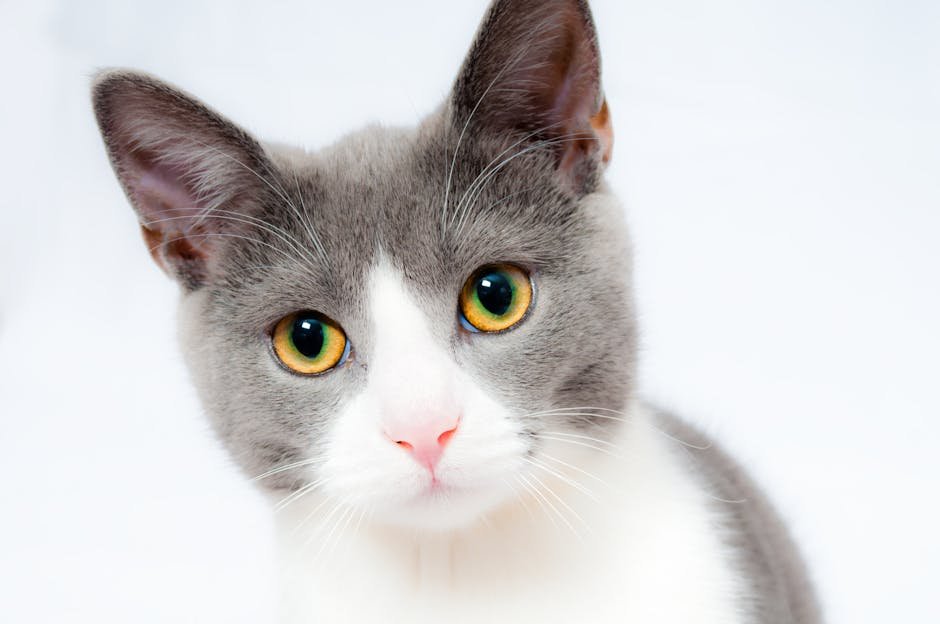
Before the visual introduction, start with a scent exchange. Use a soft cloth to gently rub your cat and dog separately, then place the cloths in each other’s spaces. This allows them to familiarize themselves with the other’s scent, reducing the element of surprise during their first meeting. Scent is a powerful communication tool in the animal kingdom, akin to humans reading a biography before meeting someone new.
Visual Introduction Through Barriers
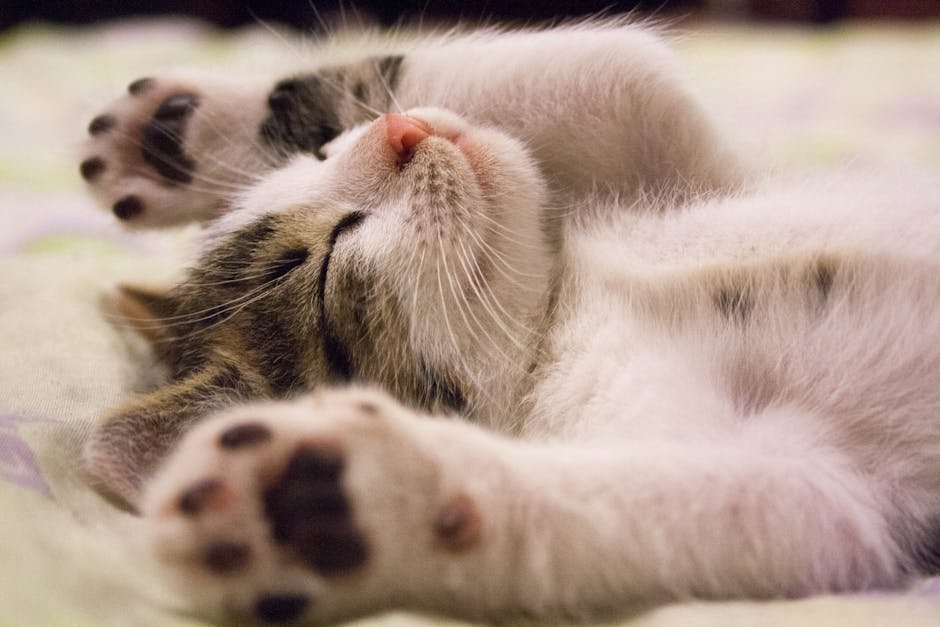
Once both pets seem comfortable with each other’s scent, it’s time for a visual introduction. Use a baby gate or a glass door to allow them to see each other without direct contact. This setup ensures safety while letting them observe and gauge reactions. It’s like watching a movie trailer; they get a glimpse of each other without the full experience. Monitor their behavior closely during this phase.
Positive Reinforcement and Rewards
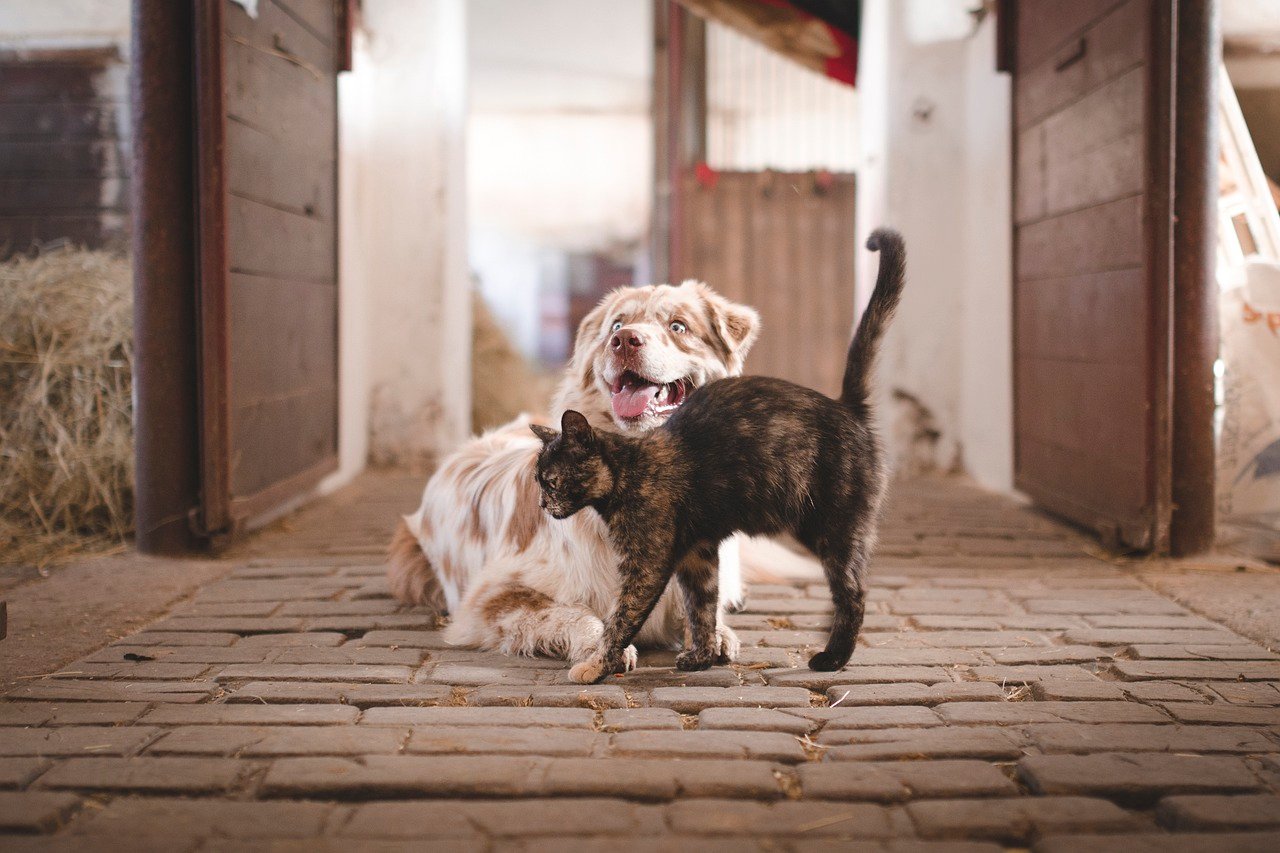
Rewarding calm and positive behavior is essential in fostering a friendly relationship. Whenever your cat and dog display relaxed behavior around each other, offer treats and praise. This positive reinforcement helps them associate each other’s presence with good things, like a pat on the back for a job well done. It’s essential to be consistent with rewards to reinforce desired behavior.
First Face-to-Face Meeting
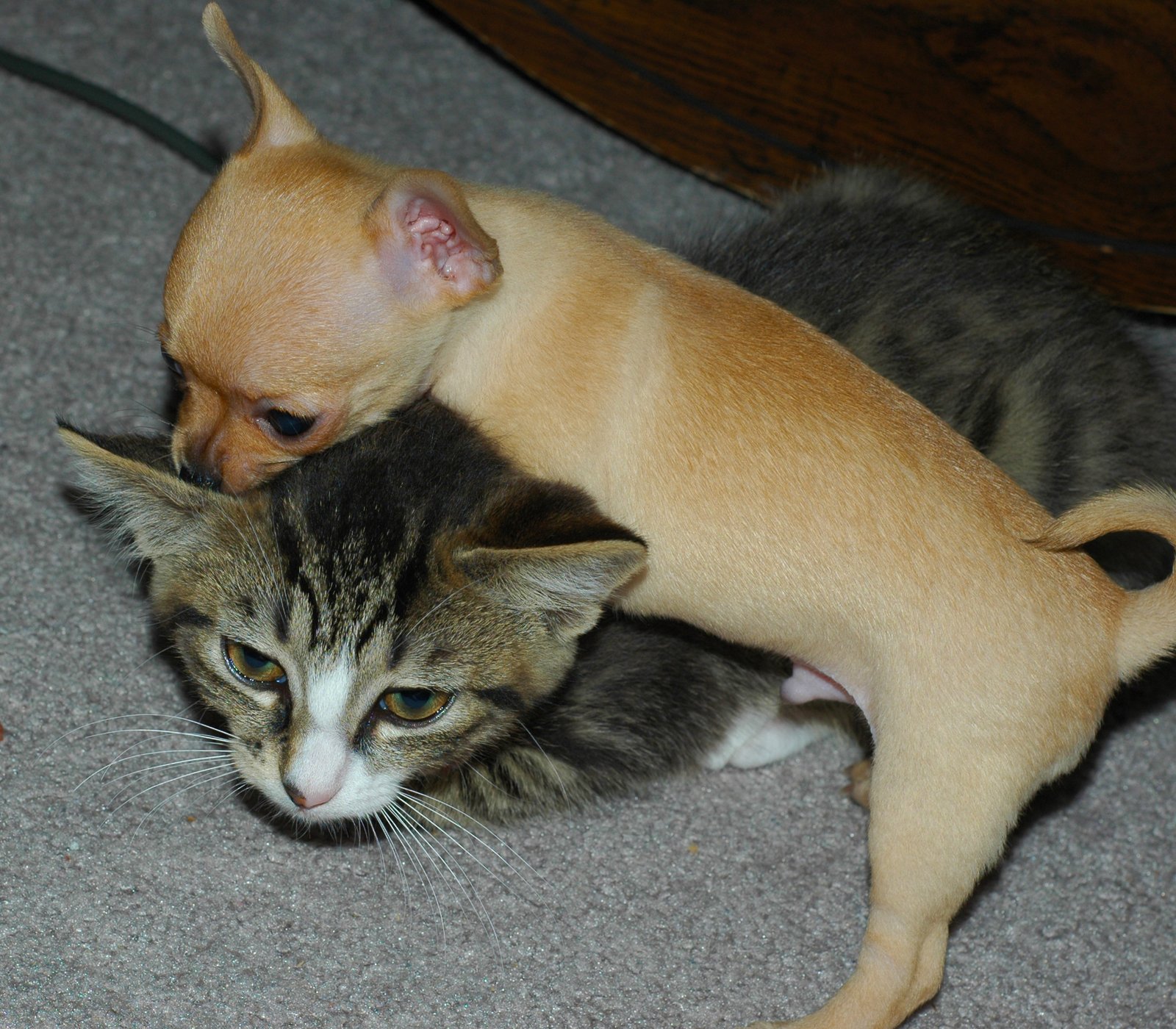
The initial face-to-face meeting should be short and sweet. Keep your dog on a leash and allow your cat the freedom to approach or retreat as they wish. This gives the cat a sense of control and minimizes stress. Observe their body language closely, looking for signs of aggression or fear. Think of this as a first date; it’s all about testing the waters and gauging compatibility.
Recognizing Body Language
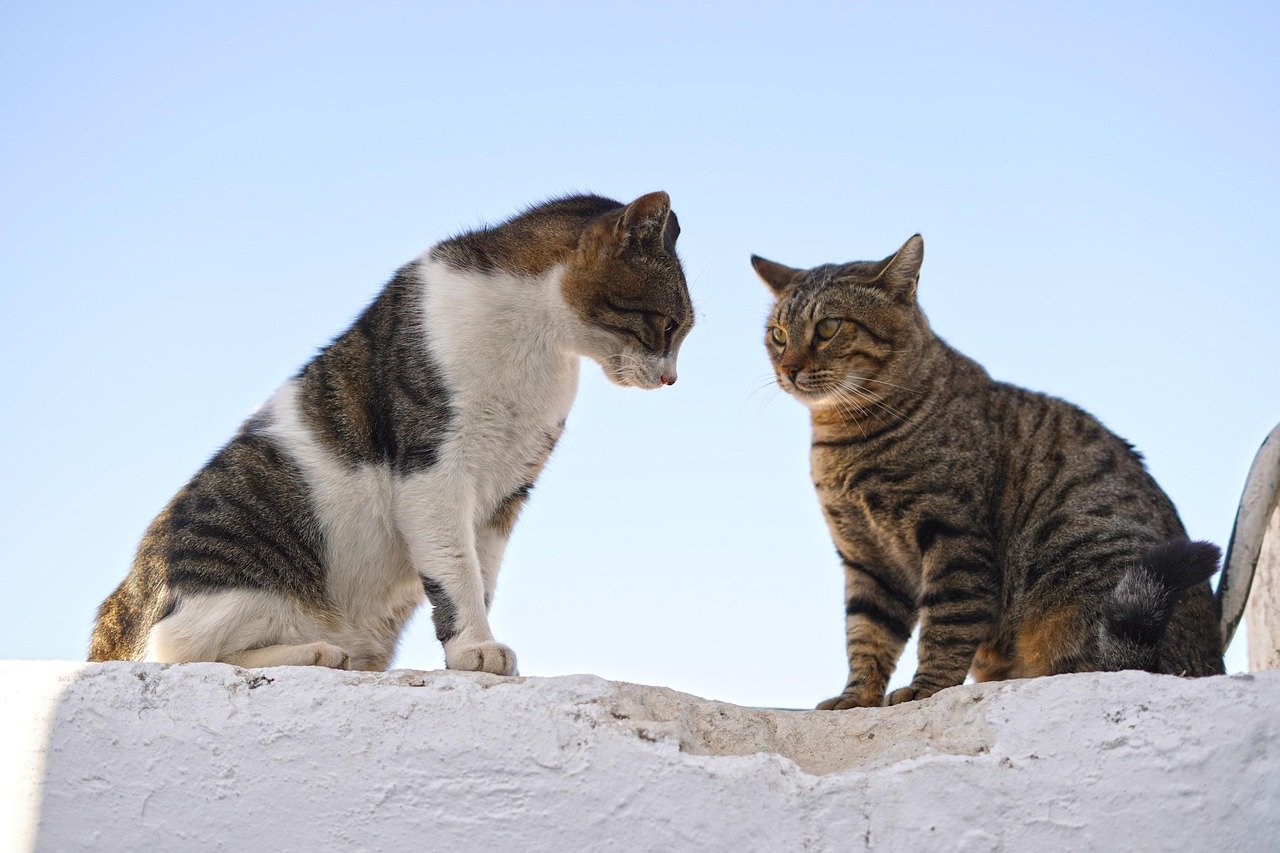
Understanding body language is crucial during these introductions. A wagging tail or relaxed posture in a dog indicates friendliness, while a cat with ears forward and tail up is generally curious and calm. Conversely, signs of stress such as hissing, growling, or a tucked tail suggest it’s time to take a step back. It’s like reading a friend’s face to understand how they’re feeling; body language speaks volumes.
Gradual Increase in Interaction Time

Gradual exposure is key to a successful introduction. Slowly increase the time your cat and dog spend together, ensuring each session ends on a positive note. If tensions arise, separate them and try again later. Patience is essential; think of it like baking a cake, where each step is crucial to the final result. Rushing can lead to setbacks, while taking time ensures a smoother transition.
Providing Safe Retreats for Each Pet
Ensure both your cat and dog have safe retreats to escape to when they need a break. Cats often prefer high perches or secluded spaces, while dogs may appreciate a cozy crate or bed. These retreats act like personal sanctuaries, giving them a sense of security and control. It’s akin to having a personal bubble that provides comfort and solace when needed.
Monitoring and Adjusting Strategies

Every pet is unique, and what works for one may not work for another. Regularly observe their interactions and adjust your strategies as needed. Flexibility is vital, as is being attuned to your pets’ needs and emotions. It’s like navigating a new friendship; sometimes, you need to change your approach to better suit the dynamics and personalities involved.
Encouraging Play and Bonding Activities
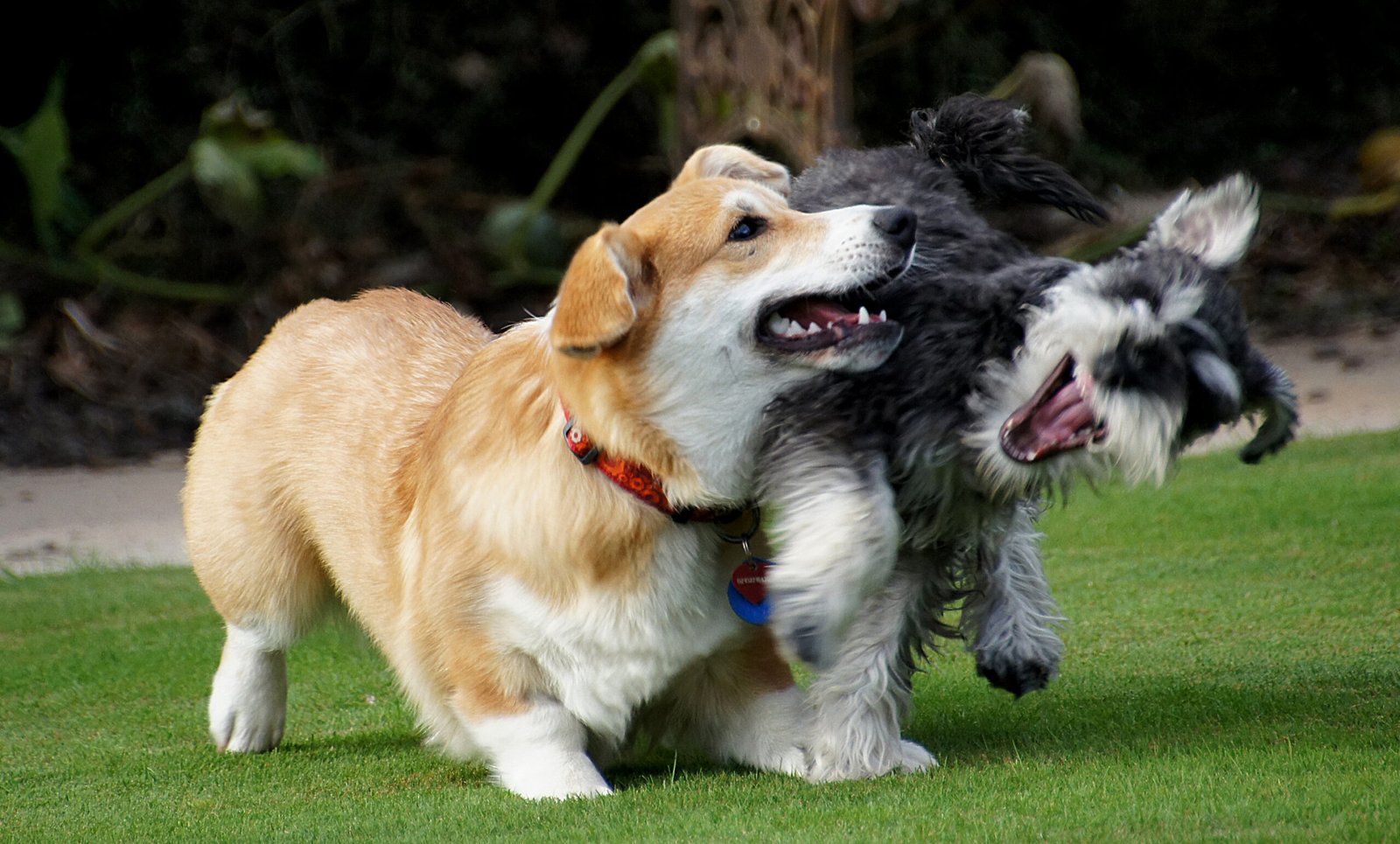
Once both pets are comfortable, encourage play and bonding activities. Interactive toys, games, and even joint training sessions can help strengthen their relationship. These activities are like team-building exercises, fostering collaboration and understanding. They help build trust and camaraderie, paving the way for a harmonious coexistence.
Establishing a Routine
Animals thrive on routine, which provides a sense of stability and predictability. Establish regular feeding, play, and rest times for both your cat and dog. A consistent routine helps minimize anxiety and ensures both pets know what to expect. It’s like having a daily schedule that keeps everyone on track and in sync.
Handling Setbacks Calmly
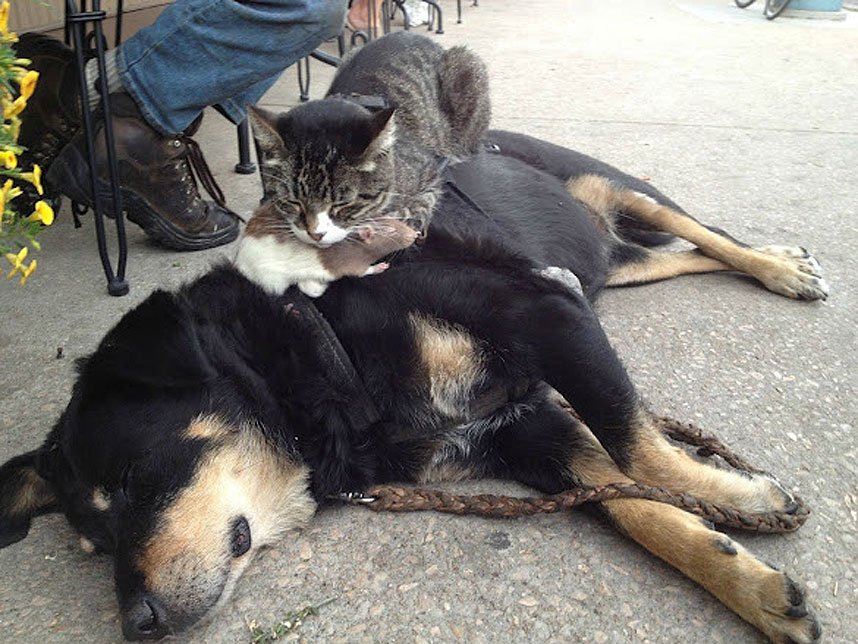
Setbacks are a natural part of the introduction process. If tensions arise, it’s essential to remain calm and not react negatively. Separate the pets and give them time to cool off before trying again. Think of setbacks as bumps in the road; they’re a part of the journey, but not the destination. Patience and perseverance are your best allies in overcoming challenges.
Seeking Professional Help When Needed
If you’re struggling to facilitate a peaceful introduction, don’t hesitate to seek professional help. Animal behaviorists and trainers can offer valuable insights and strategies tailored to your specific situation. It’s like consulting a coach when you’re stuck; their expertise can guide you and your pets towards a successful outcome.
Celebrating Small Victories
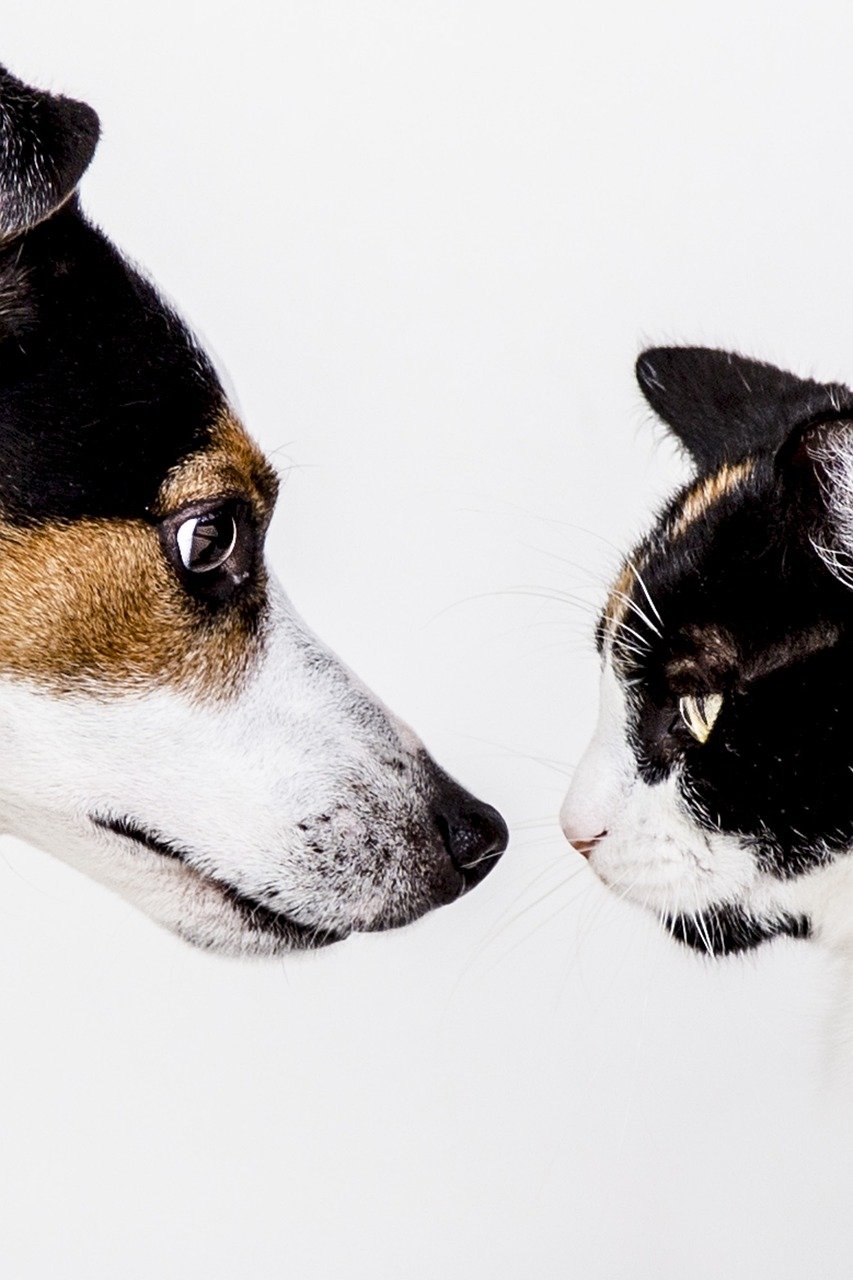
Every positive interaction, no matter how small, is a victory worth celebrating. Acknowledge and cherish these moments as they build the foundation for a lasting friendship between your cat and dog. It’s like collecting small pebbles to create a beautiful mosaic; each piece contributes to the bigger picture of harmony in your home.
Maintaining a Peaceful Coexistence
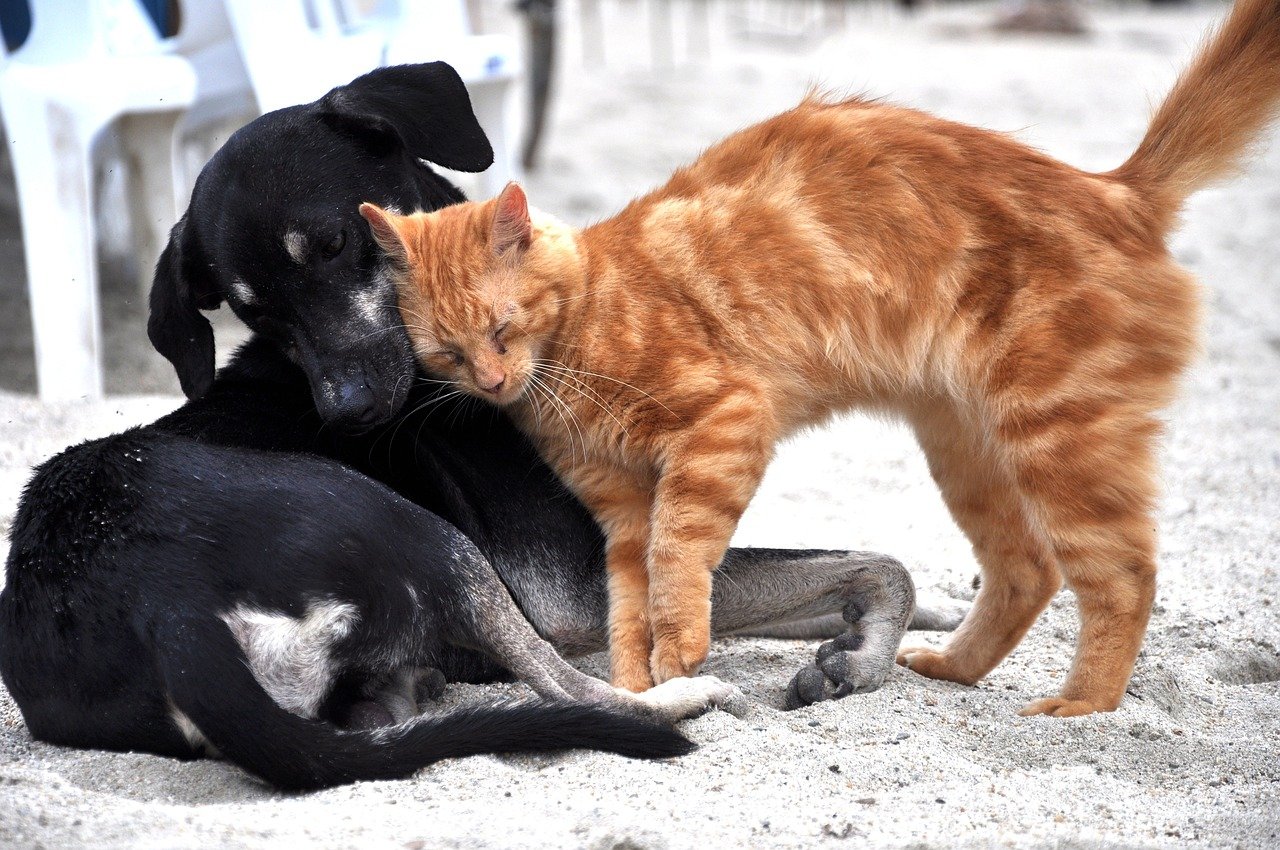
Once your cat and dog have established a peaceful coexistence, it’s essential to maintain this harmony. Continue to monitor their interactions and address any issues promptly. Consistency and vigilance are key to sustaining their relationship, much like tending to a garden that requires ongoing care and attention.
Understanding the Importance of Patience
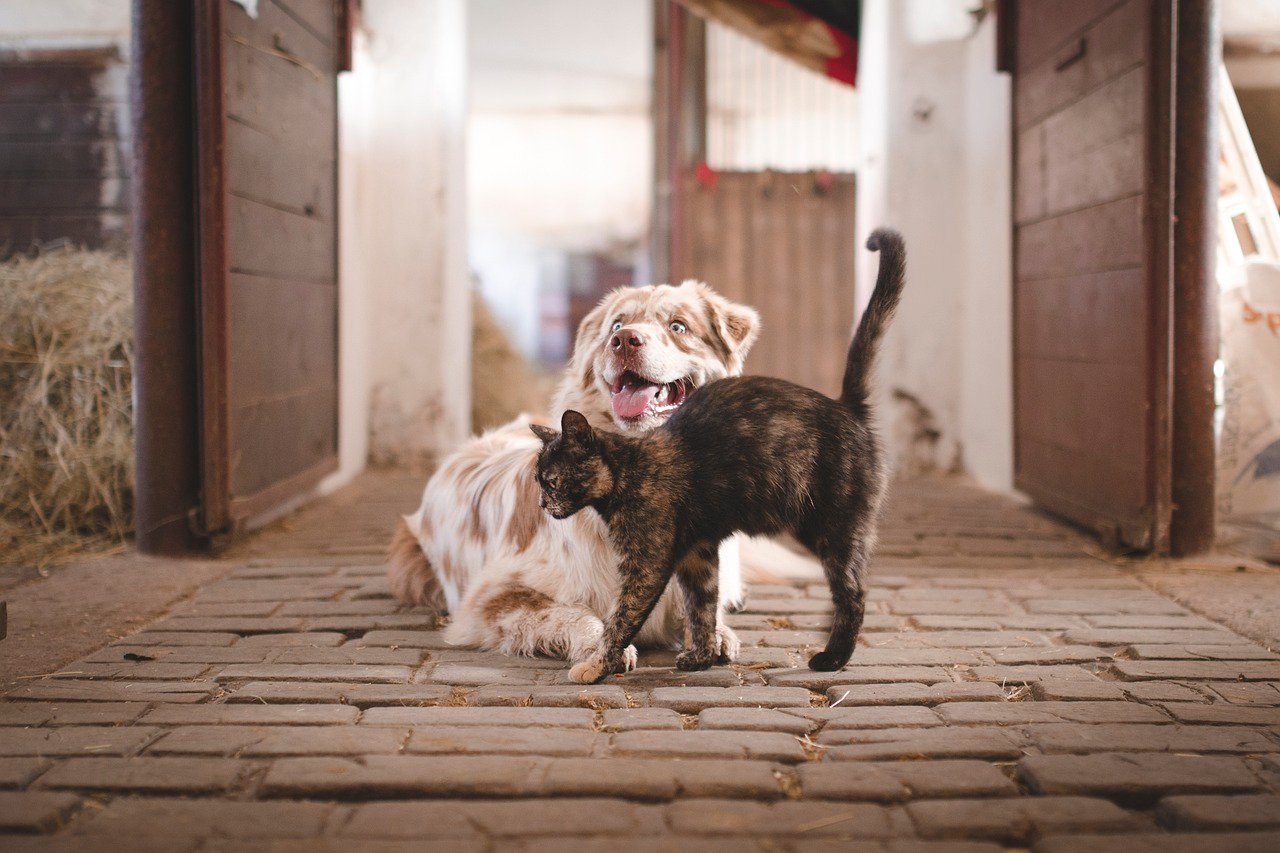
Patience is the cornerstone of introducing a cat to a dog. This process takes time and cannot be rushed. Understanding and accepting this fact is crucial for both your and your pets’ well-being. It’s akin to watching a plant grow; with the right care and patience, you’ll eventually see it flourish.
Conclusion
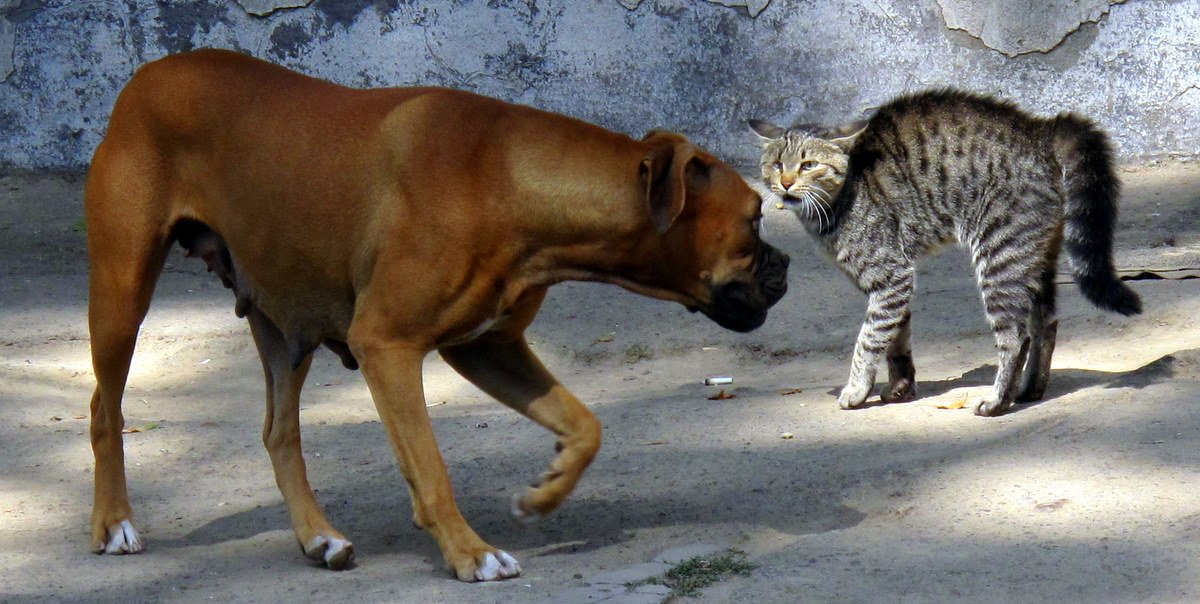
Introducing a cat to a dog requires patience, understanding, and careful planning. By respecting each pet’s unique nature and following a gradual, structured approach, you can foster a harmonious relationship between them. Remember, every pet is different, and what works for one may not work for another. Keep an open mind, stay patient, and enjoy the rewarding journey of bringing your cat and dog together.
Hi, I’m Bola, a passionate writer and creative strategist with a knack for crafting compelling content that educates, inspires, and connects. Over the years, I’ve honed my skills across various writing fields, including content creation, copywriting, online course development, and video scriptwriting.
When I’m not at my desk, you’ll find me exploring new ideas, reading books, or brainstorming creative ways to solve challenges. I believe that words have the power to transform, and I’m here to help you leverage that power for success.
Thanks for stopping by, Keep coming to this website to checkout new articles form me. You’d always love it!






